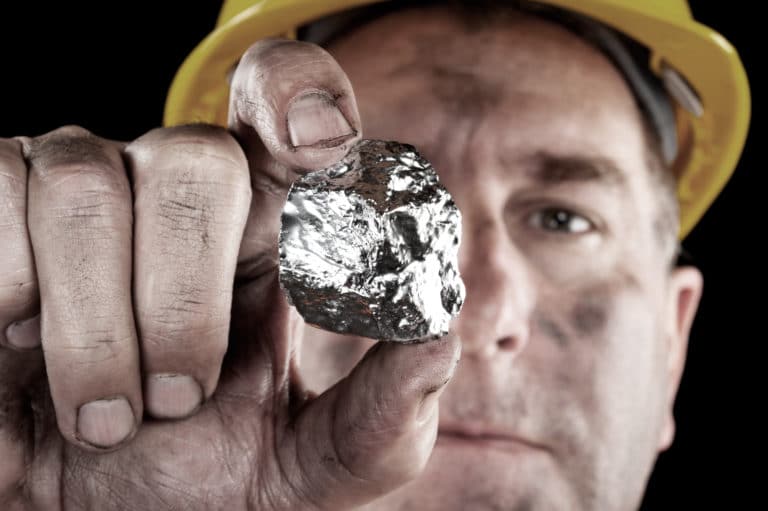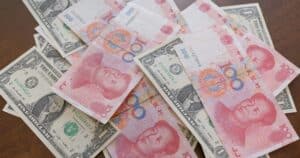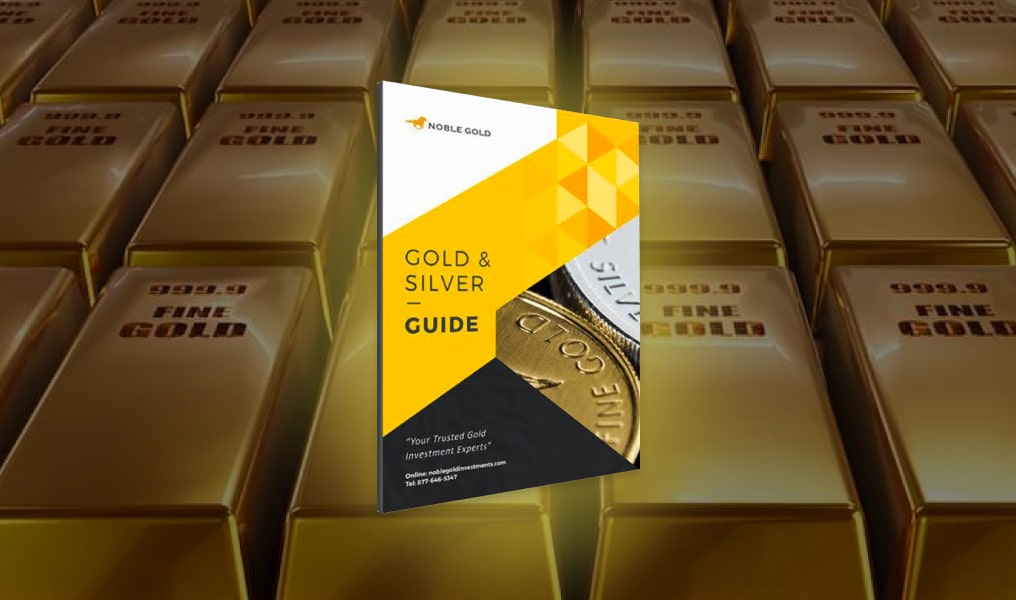While silver can experience some instability in value (as virtually any asset can), it is widely considered to be a fairly safe long-term investment, along with buying gold. Investment in physical assets like silver can be a highly effective means of diversifying your portfolio and protecting your wealth during times of economic instability.
However, to effectively invest in silver, you must be aware of the different types of silver and their relative values. Additionally, savvy investors should be able to confirm the legitimacy of any precious metals that they purchase.
Fine Silver, Sterling Silver, and Fake Silver
Fine silver and sterling silver are two of the most common and valuable grades of silver, with purities of 99.9% and 92.5%, respectively. Because of its higher purity percentage, fine silver is more valuable than sterling silver. However, the alloys in sterling silver make it more durable than purer grades of silver. As such, sterling silver is widely popular as a more affordable and durable alternative to fine silver.
Silver is produced in widely varying grades of purity. In some cases, metals that have a low percentage of silver or no real silver at all are marketed as much more valuable grades of silver. In other cases, an object may be silver-plated to give it the appearance of a more valuable silver piece.
Methods of Testing Legitimacy
Luckily, there are many different means of testing the legitimacy of a supposedly silver item. Many of these tests consist of simple observations and experiments that just about anyone can conduct. However, you will often need to consult a professional to get more specific insight as to the exact purity and value of a piece.
Magnets
Silver has very weak magnetic properties. As such, if you hold a silver item up to the average magnet, it should not stick. If it does stick, it means that the item is largely made up of metal with stronger magnetic properties, such as nickel, copper, or steel. These other metals may be present with a high percentage of a silver alloy, or may make up the core of the item.
Tarnishing
“Tarnishing” refers to a type of corrosion that occurs in many metallic elements as the result of oxidation. Contact with compounds containing sulfur is the most common culprit behind tarnish. Sulfur compounds can be found in a variety of household items like matches, rubber, and insecticide. However, several other chemical compounds can also cause tarnishing.
Silver is susceptible to tarnish, and you can test the chemical reaction at home with just a drop of bleach. Household bleach contains oxidizing agents that should cause tarnish when they come into contact with real silver. Therefore, if you place a drop of bleach on a supposedly silver item, the affected area should blacken.
Stamps
Often, silver that has been traded on the market is stamped to demonstrate its authenticity. These stamps will often be fashioned as impressions in the metal that list the fineness of the silver. For example, sterling silver items will typically be stamped with the number “925” to denote their 92.5% purity.
Reacting to Ice
Silver has very high thermal conductivity. It is very effective at absorbing heat energy from its surroundings. Therefore, you can test whether an item is real silver or not by placing it on top of an ice cube. If the part of the ice cube that is touching the metal melts faster, then there is a good chance that the metal is real silver.
However, it is important to note that you should conduct this experiment in an environment at room temperature. The experiment will not work in a very cold environment because there won’t be enough heat available for the silver to conduct.
Professional Opinion
When in doubt, it’s best to get a professional opinion on the matter. You would also be well-advised to seek out the help of a professional appraiser if you want to find out exactly how pure and valuable a piece is.
While the services of metal and antique appraisers are widely available, not all appraisers offer the same level of skill and professionalism. As such, it is important to research an appraiser’s certifications, as well as their reviews as listed on reputable websites like the Better Business Bureau.
What To Do With Fake Silver
Consumers are protected in the U.S. by various laws that criminalize acts like counterfeiting and false advertising. If you find that a piece of silver’s purity or legitimacy was misrepresented during a sale, you should report it to the authorities and ask the seller for a refund. If the seller refuses to refund your purchase, you have grounds to file a lawsuit to recoup the expense.
Savvy investors should also always prepare for such setbacks by diversifying their portfolios and creating emergency funds. This can protect you from serious financial damage if you fall prey to scams or bad investments.







